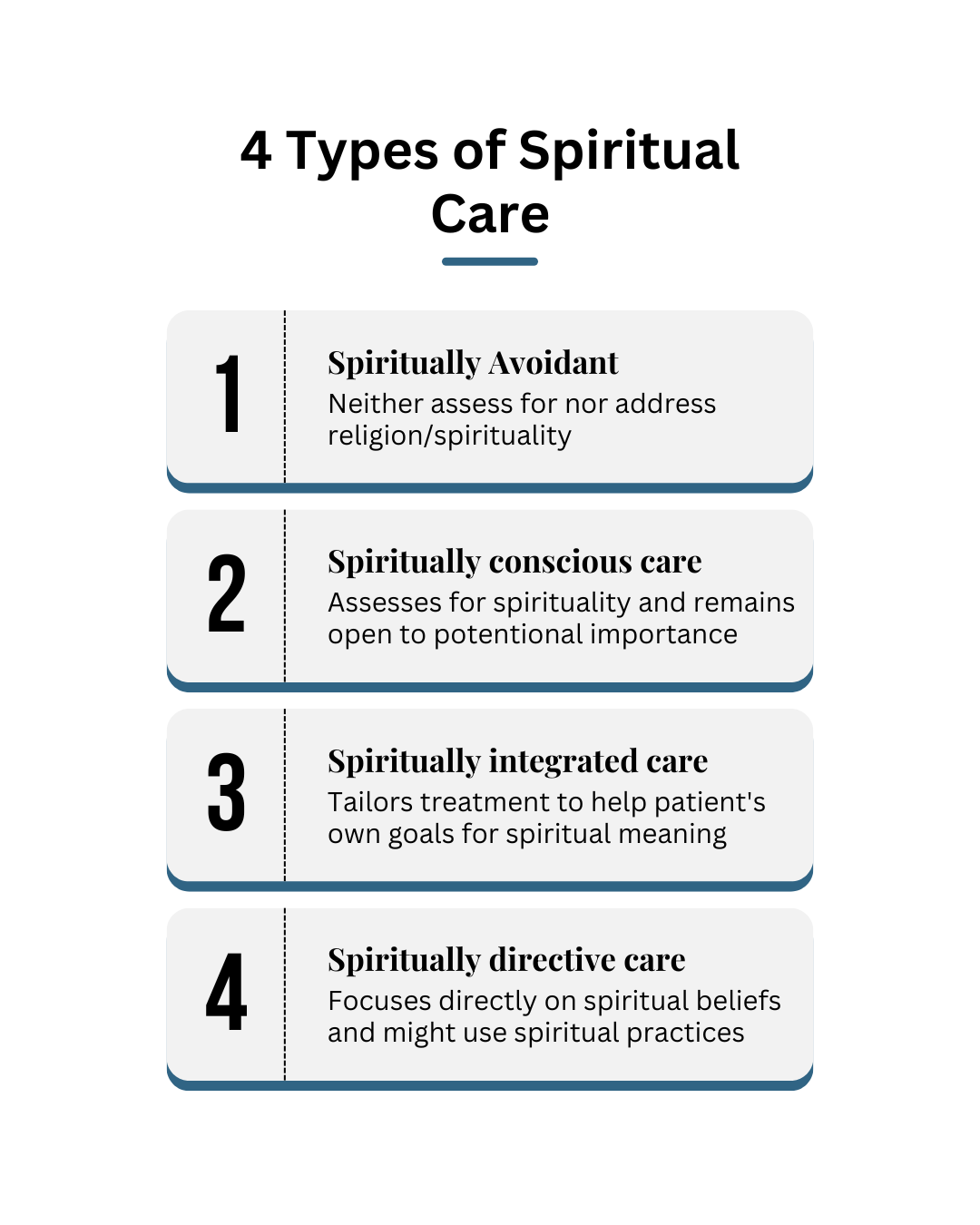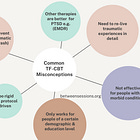When Beliefs Collide: The Dynamic Between Moral Injury in TF-CBT and Religion
Does TF-CBT still work for moral injury, and can religion be helpful in healing? Is this something we can integrate into practice? And how?
Fast Facts
Moral injury occurs when actions violate one's moral code, worsening PTSD symptoms
Religious conflicts often create spiritual distress in moral injury cases
Incorporating patients' beliefs into CT-PTSD reduces guilt and shame
Anonymous consultation with spiritual leaders can guide treatment approaches
Both practitioner and patient beliefs influence treatment effectiveness
When individuals experience moral injury, they may face profound spiritual conflicts and guilt, especially if they've committed or witnessed acts that contradict their spiritual values. This often creates a distressing internal struggle between competing values (such as doing the duties of a job versus faith teachings), leading to feelings of alienation from their Higher Power or a sense of having failed their faith.
Moral injury is the psychological distress arising from actions (or often lack thereof) that violate an individual's deeply held moral code.1
Moral injury is often recognised among veterans and healthcare workers due to the heightened potential to witness acts of violence and/or the failure to protect those in need. However, a moral injury can be any violation of one’s ethical code. Additionally, patients with moral injury have been shown to have more severe PTSD and depression2.
By not accounting for religion and moral injury in PTSD treatment, we can often neglect an integral part of the traumatic experience. This may make CT-PTSD less cohesive and effective. This is particularly so as religious and spiritual beliefs can be tested and strained by traumatic experiences, particularly those of moral injury.
How Do We Adapt TF-CBT (CT-PTSD) for Moral Injury To Incorporate Religion?
Incorporating the patients’ beliefs into CT-PTSD has been shown to be effective in reducing guilt and shame. But how?
When addressing spiritual care in trauma treatment, practitioners should consider which approach they're taking from the continuum of spiritual care34:

Moving from spiritually avoidant care toward more integrated approaches allows therapists to better address moral injury in trauma treatment. For clients whose moral injury intersects with religious beliefs, approaches 3 and 4 may be particularly beneficial.
The National Centre for PTSD (USA) recommend the following questions during assessment5:
Do you see yourself as a religious or spiritual person? If so, in what way?
Are you affiliated with a religious or spiritual community?
Were you raised in any particular faith or spiritual ideology? Do you still identify with that group, or any other group? Are there other groups that have an important influence on your spirituality?
What are your ultimate values? What do you think your life is about, or what your ultimate goals are? What kinds of life goals are you most excited about?
Has the traumatic event affected your religiousness [or spirituality] and if so, in what ways?
Has your religion or spirituality been involved in the way you have coped with this event? If so, how?
Do you have an interest in your mental health care incorporating a focus on your religion or spirituality? If so, how?
Their guidance aligns with Beck’s guide6 for exploring culture, spirituality, and religion with patients in CBT. Practical considerations for therapists to successfully integrate moral injury into PTSD treatment include:
In early sessions, open initial conversations about spirituality, religion, and culture with the patient, and how this may relate (or not) to moral injury.
If possible, seeking religious guidance from experts when looking at events linked to distorted cognition or if they have difficulty recovering from the moral injury. This may involve inviting experts to sessions depending on client preference.
If a patient brings spiritual concerns, a conversation about involving religious leaders may be helpful7. If the client does not want to work with a religious or spiritual professional, it can be helpful for practitioners to do an anonymous consult with appropriate spiritual leaders to help better understand the tenets of their patient’s religion8.
Considerations for practitioners when working with moral injury and religion
As well as adapting CT-PTSD for moral injury, practitioners can consider how beliefs can practically influence the therapy they offer.
When working with individuals who have experienced a moral injury:
- Think about how our own beliefs may impact our position in working with moral injury and religion.
- If you are experiencing discomfort with talking about and incorporating religion into CT-PTSD, education and support can help. Supervision can allow you to recognise your intersecting identity and remain patient-focused.
Moving Forward
When working with patients who have suffered a moral injury that has resulted in or coupled with their PTSD, it is crucial to understand how both our own and the patient's beliefs can influence CT-PTSD.
Looking for and then initiating conversations about potentially important ethical beliefs is integral to helping the patient overcome their moral injury and PTSD.
Adapting CT-PTSD to account for moral injury has been effective but does require the practitioner to engage with available education and support, and awareness of the spiritual care continuum.
Do you think it is essential to consider a patient's religious, spiritual, or cultural beliefs in CT-PTSD? How have you worked with this before?
Author: Siona-Lee Hemming
Related Articles:



